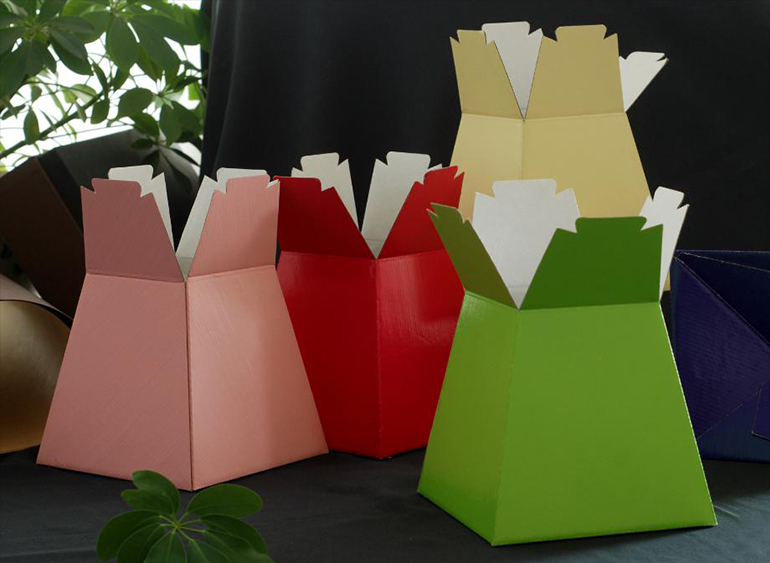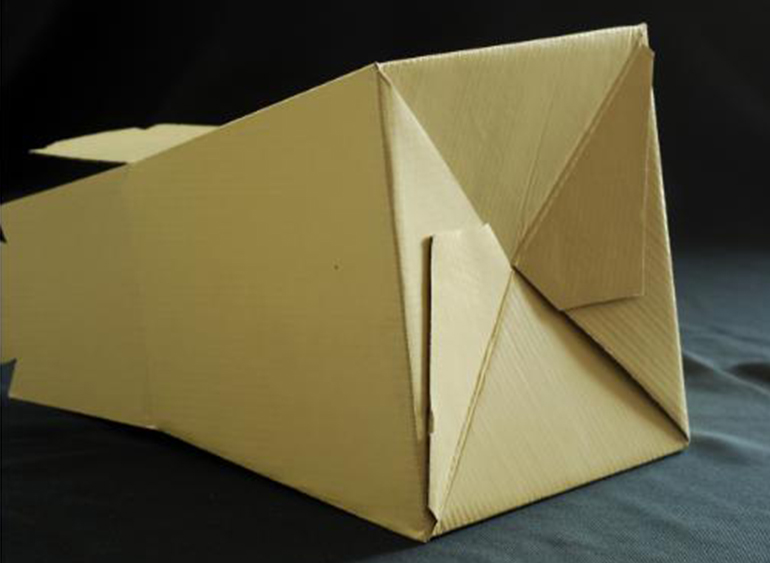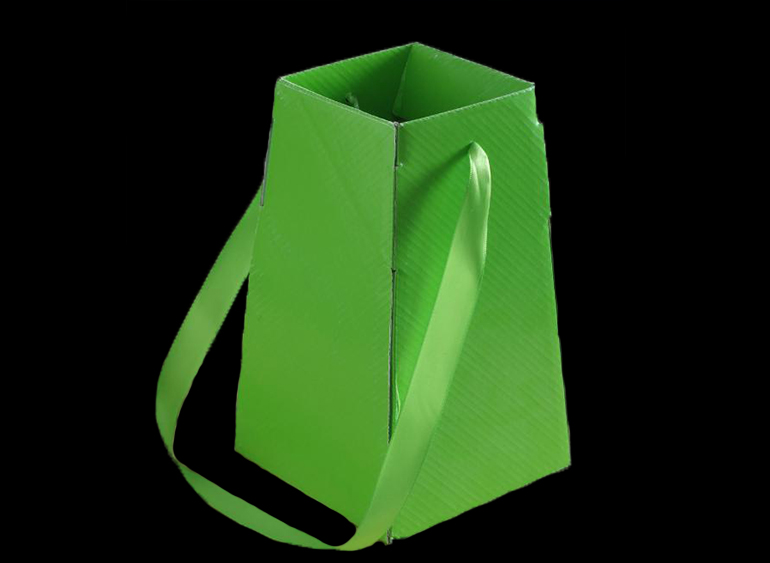In the printing process, we often encounter printing materials with the same material and the same specification, printing multiple different types of layouts or small specifications of finished products with different specifications. The issue of scientific and reasonable process design is also a major issue related to whether it can better improve the production efficiency of the enterprise and save raw materials. According to the experience of production process management, it is of great significance to improve the pre-press process layout technology to improve the utilization rate of production equipment of the enterprise, make full use of and save valuable printing materials, and reduce the cost of printing production.
When printing some trademarks, labels, tickets or other products of different quantities and different varieties of layouts, the use of the same printing format for grouping together can save plate materials on the one hand and effectively reduce installation The working hours of printing plates and proofreading plates and the consumption of paper and printing plates greatly improve the economic benefits. For example, if a four-color offset press is to print a four-color label product with the same paper and the same finished product specifications, their varieties (different layout graphics and text) and the number of finished products are different. Among them, A type products print 10100 sheets and B types products. 8300 sheets are printed, 6500 sheets of C products are printed, a total of 3 varieties. This series of products are printed on folio specifications, and can be combined to print 60 small editions (in accordance with the requirements of finished product specifications). Then, like this product with different finished layouts and different quantity and size, the three kinds of products are combined on the same split format, and only one set of four-color plates can be printed to complete the printing. So, how to determine the number of imposition of the three products A, B and C?
First, the actual number of printed sheets of folio specifications must be calculated. The calculation formula should be: the number of folio sheets (excluding the loss rate) = the total number of finished products of 3 varieties (24900 sheets) ÷ the total imposition on the folio plate Number (60 small editions) = 415 sheets (number of prints on folio). The number of impositions of the three products = the number of finished products of each small version ÷ the number of copies of the folio (415). Namely: A = 10100 ÷ 415 = 24.3 small editions; B = 8300 ÷ 415 = 20 small editions; C = 6500 ÷ 415 = 15.7 small editions. From the calculation results, it can be seen that on the folio layout, the layout of the A product has 24 small plates, and 9960 sheets of finished products can be printed; the layout of the B product should have 20 small plates, which can just print 8300 finished products; C The layout of this product is composed of 16 small plates, which can print 6640 finished products, which is 140 more finished products. Among them, there are 140 fewer A-type finished products, so 140 ÷ 24 = 5.8, so that it is enough to increase the printing number of large sheets of paper by 6 sheets. (Excluding the additional loss rate). Then, 421 × 60 = 25260 finished products, which is a total of 24900 sheets compared with the three kinds of finished products, 360 more sheets (120 open paper), which is equivalent to 3 full open paper sheets. It can be seen that the use of a set of plates for printing, the paper is the most economical. A set of folios can be used to complete the printing of three products, saving time and labor as well as saving raw materials. With reference to the above formula, it is also possible to quickly calculate the number of finished impositions of different numbers of prints, different varieties, the same paper and the number of large sheets printed.
If there are 8 kinds of trademarks (the front and back sides are printed in four colors, the front and back sides are different in graphics and text), the number of finished products printed is: 2100 kinds of finished products A, 4000 kinds of finished products B, 13,000 kinds of finished products C, D 5200 finished products, 26000 finished products of E type, 33500 finished products of F type, 44,000 finished products of G type, 11,000 finished products of H type. The characteristics of this series of trademark products are that they have many varieties and the number of prints varies greatly. The finished product is made up of 64 small editions, which happens to be a large folio. In order to save printing plate materials and man-hours, it is enough to make a set of folios. In this way, although the finished products of individual varieties can be printed more, it is still more cost-effective than making a folio of more, according to the above formula Calculated, the number of printed folios = the total number of finished products of 8 varieties (138800) ÷ the total number of impositions on the folio (64) = 2169 sheets (the number of printed large sheets). The number of the imposition of each of the 8 kinds of products = the number of finished products of each small version ÷ the number of copies of the folio (2169 sheets). In this way, A = 2100 ÷ 2169 = 0.97 small plates, B = 4000 ÷ 2169 = 1.8 small plates, C = 13000 ÷ 2169 = 6 small plates, D = 5200 ÷ 2169 = 2.4 small plates, E = 26000 ÷ 2169 = 12 small editions, F = 33500 ÷ 2169 = 15.4 small editions, G = 44000 ÷ 2169 = 20.3 small editions, H = 11000 ÷ 2169 = 5.1 small editions.
From the calculation results, it can be seen that on the folio layout, the layout of the A-type product can be printed with 1169 small plates, and 2169 sheets can be printed, with 69 more finished products. Finished products, 338 more finished products; C products with 6 small layouts can print 13014 finished products and 14 more finished products; D products with 3 smaller layouts can print 6507 finished products and more 1307 sheets of finished products; the layout of E products is composed of 12 small editions, and 26,028 finished products can be printed, with 28 more finished products; the layout of F products is composed of 15 smaller editions, and 32,535 finished products can be printed, 965 fewer finished products, Then, 965 ÷ 15 = 64.3, the number of prints on large sheets of paper needs to be increased by 65; the layout of the G-type product is made up of 20 small plates, and 43380 sheets of finished products can be printed. 31 sheets; the layout of H kinds of products is composed of 5 small editions, 10845 finished products can be printed, 155 fewer finished products, and the number of large sheets of paper also needs to be increased by 31 sheets. It can be seen from the calculation results of the quoted formula that F kinds of finished products are the fewest, and the number of printing of 65 sheets of large sheets of paper needs to be increased. In this way, the actual number of copies of folio paper should be 2169 + 65 = 2234 sheets. The number is 142976 sheets, which is 4176 sheets more than the actual total number of 8 kinds of finished products, and 33 sheets of full-fold paper. In this way, 8 varieties are combined to print a set, and only 33 sheets of full-open paper are needed, which is more cost-effective than the number of sets for printing plates.
From the results of the above two examples, it can be seen that the closer a certain number of finished products is to the multiple of folio sheets, the more accurate the total amount of paper used. Therefore, if the number of certain finished products differs greatly from the multiple of the number of large sheets of paper, and the fewer the number of impositions, the larger the number of large sheets of paper needs to be increased. If the paper material is more expensive and the added quantity is too large, exceeding the value of printing plates and other expenses, you can consider appropriately increasing the number of sets of printing plates so that the number of printings should not exceed the actual number of finished products. Another example: There are 5 types of finished product printing quantity: A type 500 sheets, B type 15,000 sheets, C type 50,000 sheets, D type 80,000 sheets, E type 120,000 sheets. The printing materials of this series of products (2-color version) are the same. They are printed on four-sheet paper format, and the layout can be assembled with 16 small versions of the finished product.
If the number of finished products is very different like this, and the number of impositions is small, if a set of four-fold plates is combined for printing, then the total number of five kinds of finished products is 265500 ÷ 16 = 16594 sheets (the number of four-fold paper prints) , A kind of spelling one version, more printing 16094 finished products, folded into 251 sheets of full-open paper; if combined split printing, then 265500 ÷ 32 = 8297 sheets, A kind of spelling one version, more printing 7797 finished products, folded into 122 sheets of full-open paper; 2 types of B type and 2 versions, more printed 18188 finished products, folded into 284 sheets; 6 types of C type, 49782 printed pages, 218 fewer pages For the finished product, 37 sheets of folio must be added; 9 types of D type can be printed, 74673 sheets can be printed, 5327 sheets are missing, and the number of printed folio sheets needs to be increased by 592 sheets; 14 versions of E type can be printed and 116158 sheets can be printed. For finished products, 3842 sheets of finished products are missing, and 275 sheets of folio need to be added. Then, 8297 + 592 = 8889, the actual number of products printed is 284,448, which is 18,948 more than 265,500, which is equivalent to 296 sheets of full-open paper. If it is a high-end and expensive material, the paper consumption of the above two imposition printing is used. The value of may exceed the value of increasing the production of printing plates. If two sets of plates are printed separately, two sets of A and B can be combined to form a four-page version; three sets of C, D and F can be combined to print a pair of plates.
According to this imposition, the first set of editions A and B = 15500 ÷ 16 = 969 sheets (four prints), the number of finished products of a small version of A is 969, and the number of finished products of 15 small versions of B is 14535 There are 465 fewer sheets, and the number of large sheets of paper needs to be increased by 31 sheets. In this way, the actual number of printed sheets of four-sheet paper should be 1000 sheets, and the number of multi-purpose sheets of paper is equivalent to 8 sheets of full-sheet paper. The second set of C, D, E = 250000 ÷ 32 = 7813 sheets, 7 small editions of C type can print 54691 sheets, 4691 more finished products, 10 small editions of D type can print 78130 sheets, 1870 less finished products Then, the number of large sheets of paper needs to be increased by 187 sheets; E-fighting 15 small editions can print 117195 sheets, and the finished product is 2805 fewer sheets. Then, 2805 ÷ 15 = 187 sheets, also need to add 187 folio sheets. Therefore, the actual number of copies of folio should be: 7813 + 187 = 8000 sheets. 8000 × 32 = 256000 sheets (total number of finished products), the total number of finished products is more than 6000 sheets, then 6000 ÷ 64 = 93 sheets, divided into two sets of printing plates for printing, 101 sheets of full-open paper are used, which is 195 fewer full-open than making a set of folio Paper, according to the above calculation results, comprehensive analysis and consideration of the value of materials, equipment utilization and number of prints, etc., select a relatively cost-effective printing imposition plan, so that the production efficiency and the use of raw materials are better Take into account.
In summary, adopting the formula method to determine the printing imposition plan accurately and quickly can make the layout of the pre-press process reach a relatively scientific and reasonable result. It can be said that correct imposition can not only effectively reduce material waste, but also reduce the time to install and correct the plate, and improve the utilization rate of the machine. This is the objective actual situation proved by the printing process practice.
Dry Flower Packaging
Sunshine packaging supplys a wide variety of florist packaging, such as boquet vase, posy box, handtied bag, porto bag, pot cover. Custom design and printing are available. Special structures make it much easier to pack and much durable during dlivery, especially pop up and flat pack design.
Detailed Images:




Description of Sunshine Dry Flower Packaging
Product Name : Flower bouqet packaging
Material: Cardboard paper, kraft paper, art paper, or as per your requirements
Size: Customized size
Color: CMYK or Pantone color or customized
Printing : Offset printing,flexo printing
Surface processing: Lamination, vanish, UV coating, PE Coating, Embosing, Hot stamping
Packaging: Customized
Quality control: Paper material seletion, pre-production insection, Machine testing, Inspection during Assembling, Semi-finished products inspection, Production inspection Packing: Standard export carton or as per customer's requirmenet
Lead time: Sample time: 7~10days; Mass prodction: 4~5weeks according to the order quantity
Payment term:T/T: 30% deposit,the balance paid against copy of bill of lading.
Dry Flower Packaging
Dry Flower Packaging,Flower Shelf,Rose Box,Plant Sleeve
Weifang Sunshine Packaging Co., Ltd. , https://www.paperboxbagpack.com